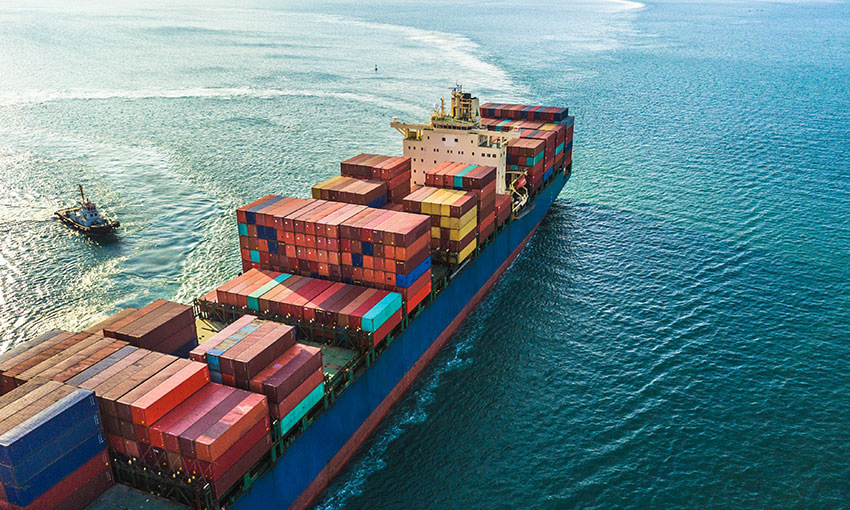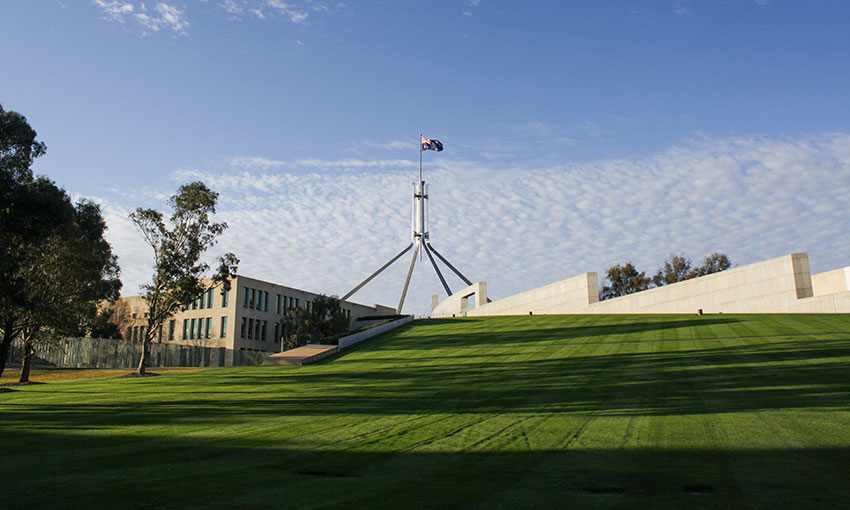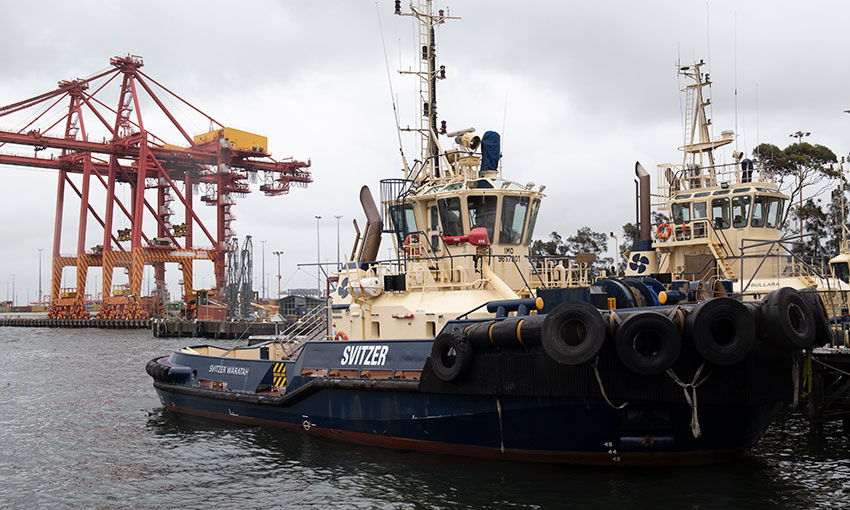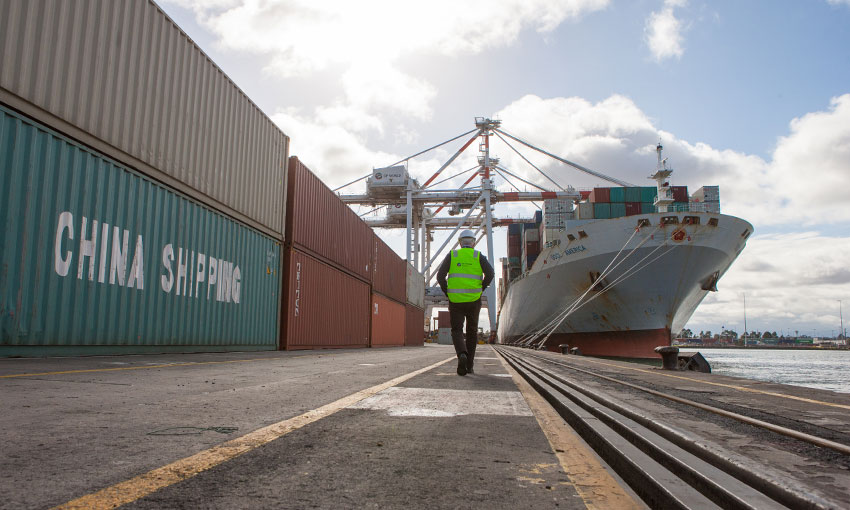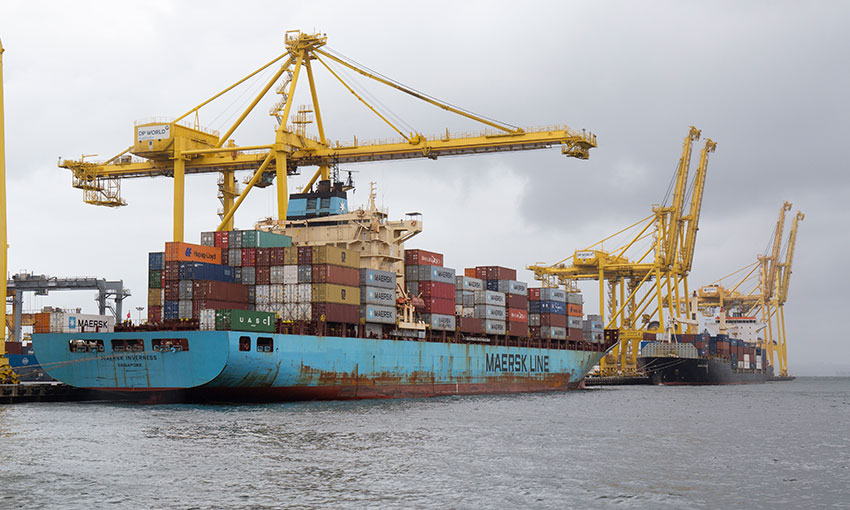GOVERNMENT assistance to Australian industry rose to $13.8 billion in 2021-22, according to a new report from the Productivity Commission.
The commission’s Trade and assistance review 2021-22 breaks down how much money governments are spending to support Australian businesses.
It noted the rise in industry assistance came amid a global return to overt industry police as fears about supply-chain disruptions continue.
The 49th edition of the Trade and Assistance Review explored “increasingly opaque” government subsidies and concessions, which increased by $460 million over the previous year.
Productivity Commission deputy chair Alex Robson described the review as “an important transparency document” and a vital resource for understanding how governments use taxpayer money to support private business.
“The world’s largest economies are increasingly engaged in policies to favour selected domestic industries through subsidies, local content rules and trade barriers,” Dr Robson said.
“In many cases this is simply a form of old-fashioned protectionism.
“As a small open economy, our future prosperity depends on global economic integration and low trade barriers.
“It is unlikely to be in Australia’s interests to try and compete in a protectionist contest via large scale industry assistance.”
The most recent Trade and Assistance Review suggested most assistance now comes from behind-the-border measures such as tax concessions and government spending, while in the past, it was mainly in the form of tariffs.
The Productivity Commission said the main effect of Australia’s “complex and convoluted” tariff system is to impose “nuisance” compliance costs on importers.
The review estimates these costs – much of which are likely to be passed on to households – were between $1.2 billion and $3.6 billion in 2021-22, compared to tariff revenue of $1.8 billion.
“For every $1 in revenue raised by tariffs, between $0.67 and $2 is lost in economic activity,” Dr Robson said.
“Our tariff system imposes unnecessary costs and hurts consumers and does not protect domestic industry.”
The latest Trade and Assistance Review also explored concessional finance from government-owned entities and climate change measures that are not achieving emissions reduction objectives at the lowest costs.
The Productivity Commission said the two factors are growing sources of industry assistance.
It said concessional finance – where governments provide finance at favourable interest rates to industry – was particularly challenging to evaluate as not all government-owned financing entities report the value of their concessional loan charges.
“This year’s TAR establishes a framework to estimate the cost of these arrangements to taxpayers,” Dr Robson said.
“Better estimates could be made if all entities published the credit rating of their loan portfolio and their concessional loan discount expenses.”
The Trade and Assistance Review also aimed to analysed Australia’s structure of carbon abatement policies to assess whether they are reducing emissions at least cost.
“Grants and concessions can play a role in supporting emissions reductions. But they also deploy taxpayers’ money to support private businesses, so transparency is important.”

